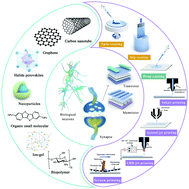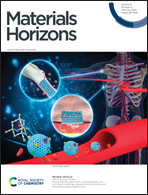Solution-processed electronics for artificial synapses
Abstract
Artificial synaptic devices and systems have become hot topics due to parallel computing, high plasticity, integration of storage, and processing to meet the challenges of the traditional Von Neumann computers. Currently, two-terminal memristors and three-terminal transistors have been mainly developed for high-density storage with high switching speed and high reliability because of the adjustable resistivity, controllable ion migration, and abundant choices of functional materials and fabrication processes. To achieve the low-cost, large-scale, and easy-process fabrication, solution-processed techniques have been extensively employed to develop synaptic electronics towards flexible and highly integrated three-dimensional (3D) neural networks. Herein, we have summarized and discussed solution-processed techniques in the fabrication of two-terminal memristors and three-terminal transistors for the application of artificial synaptic electronics mainly reported in the recent five years from the view of fabrication processes, functional materials, electronic operating mechanisms, and system applications. Furthermore, the challenges and prospects were discussed in depth to promote solution-processed techniques in the future development of artificial synapse with high performance and high integration.



 Please wait while we load your content...
Please wait while we load your content...